Tomomi INOUE
Senior Researcher, Biodiversity Assessment and Projection Section
Center for Environmental Biology and Ecosystem Studies
National Institute for Environmental Studies, Japan
|
National Institute for Environmental Studies, Japan (NIES), and International Society for Mangrove Ecosystems (ISME) have been compiling various information on coastal ecosystems in the tropics and subtropics. A part of these information is made available through the newly launched portal site, called “Tropical Coastal Ecosystems Portal (TroCEP), URL:http://www.nies.go.jp/TroCEP/index.html TroCEP aims to improve our understanding of tropical coastal ecosystems by compiling and providing past to current information on tropical coastal ecosystems. As the first step, the portal will provide information on mangroves, and it will be extended to other ecosystems such as coral reefs and seagrasses in the near future. |
1.Coastal ecosystems of the tropics and sub-tropics
Coastal ecosystems of the tropics and sub-tropics represented by mangroves, coral reefs and seagrasses are rich in biodiversity, and are highly productive ecosystems. They play important roles in providing livelihoods for coastal communities, and in mitigating the impacts of natural disasters. However, these ecosystems had been altered drastically by land-use changes by human activities, and area of mangroves are reported to be declining by 1-2% each year (FAO. 2007). Accumulation of basic information on these ecosystems is crucial in order to understand the current status and conserve tropical coastal ecosystems.
2.About Tropical Coastal Ecosystems Portal (TroCEP)
Research on tropical coastal ecosystems have been developed separately in each ecotype such as mangroves, sea grasses and coral reefs. From now on, it is necessary to study those ecosystems as integrated coastal ecosystems because they are linked together. TroCEP aims to contribute to a deepened understanding of tropical coastal ecosystems through integration and dissemination of information on each component such as mangroves, coral reefs, and sea grasses.
3.The first version of TroCEP
In this first version of the portal, mangrove distribution maps and plant species lists of 111 countries/territories out of the 123 countries/territories that have mangroves are accessible to users.
3.1Mangrove distribution maps
Users can view detailed world mangrove distribution maps on the TroCEP website. The production of the original GIS datasets for the maps was coordinated by ISME and led by FAO, UNEP-WCMC and TNC in 2005-2010, mainly by analyzing Landsat imagery covering over 50% of the mangrove areas, which was taken during the period 2000-2003. The data for the remaining coverage of mangroves was generously contributed by various national and international organizations and mangrove experts, and were typically at a resolution of 1:250,000 or better, with consistent age. In 2012-2015, NIES and ISME unified these GIS datasets in the same format and updated these data adjusting to the standard coastal line, which was produced based on SRTM-water body data.

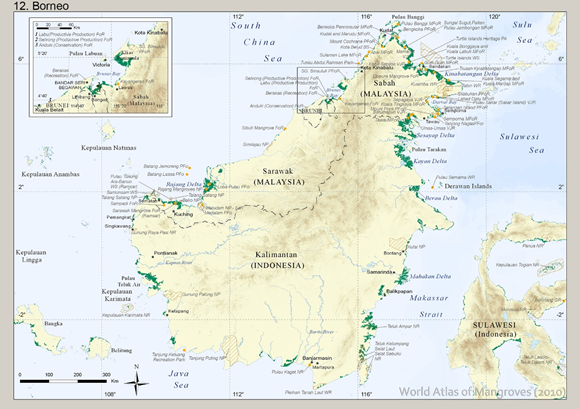
3.2Lists of Mangrove flora
A total of 74 mangrove species and hybrids are considered in TroCEP in line with the World Atlas of Mangroves (2010). In TroCEP, the species distribution information had been confirmed through various sources: scientific papers, books, reports, websites, field confirmation and personal communications. Users can sort mangrove flora data by country and also by species. The lists of mangrove flora are still under construction and new inputs will be uploaded regularly. This system enables to monitor “What kind of species observed at where in when” from past to future.
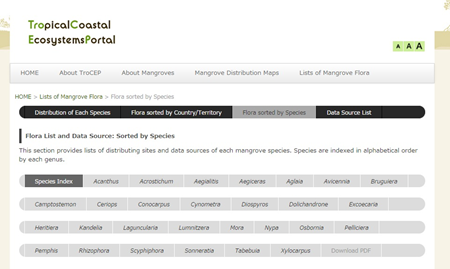
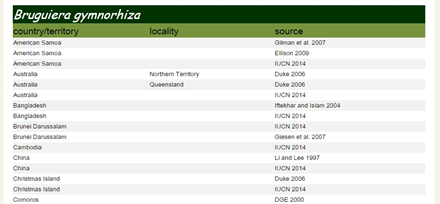
4.URL
Tropical Coastal Ecosystems Portal
URL: http://www.nies.go.jp/TroCEP/index.html
(Language: English)
5.Project team of TroCEP
Tomomi Inoue, Kiyono Katsumata, Kumiko Totsu, Fumi Hayashi, Sayoko Matsuzaki, and Hiroya Yamano
Shigeyuki Baba, Hung Tuck Chan, Nozomi Oshiro, Mio Kezuka, and Mami Kainuma
6.Contact Information
Tomomi INOUE,
Senior Researcher, Biodiversity Assessment and Projection Section
Center for Environmental Biology and Ecosystem Studies,
National Institute for Environmental Studies, Japan
Tel: +81-29-850-2655 E-mail: tomomi.inoue (add “@nies.go.jp”)
7.References
8.Abbreviations
9. Landscape of the tropical coastal ecosystems
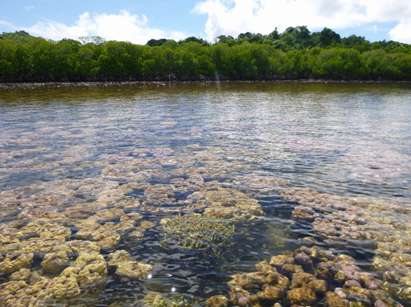
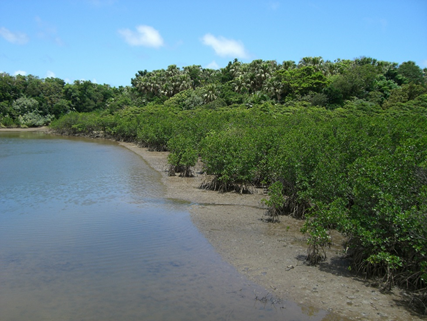
- What's New
- What's New 2024
- What's New 2023
- What's New 2022
- What's New 2021
- What's New 2020
- What's New 2019
- What's New 2018
- What's New 2017
- What's New 2016
- What's New 2015
- What's New 2014
- What's New 2013
- What's New 2012
- What's New 2011
- What's New 2010
- What's New 2009
- What's New 2008
- What's New 2007
- What's New 2006
- What's New 2005
- What's New 2004
- What's New 2003
- What's New 2002
- Event Information
- Visit NIES